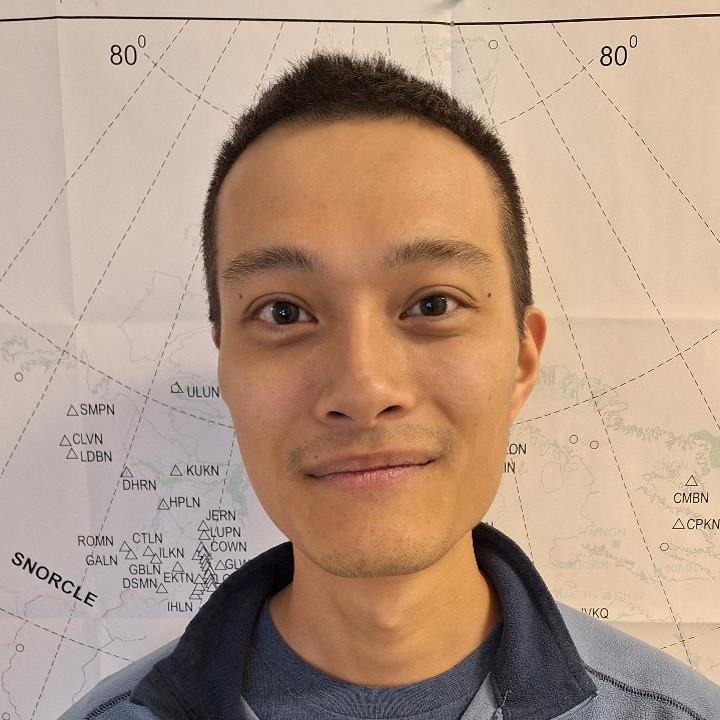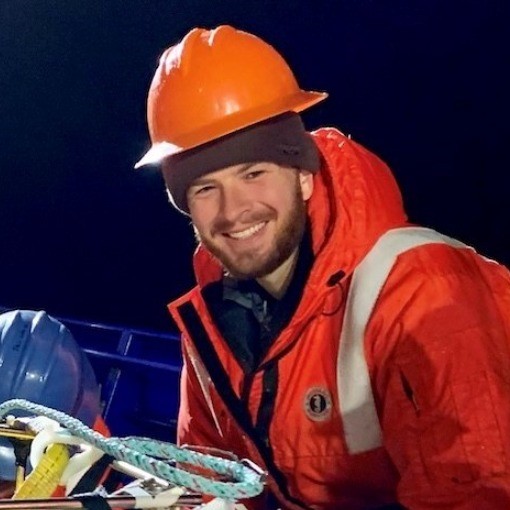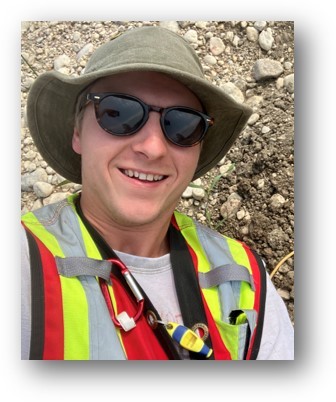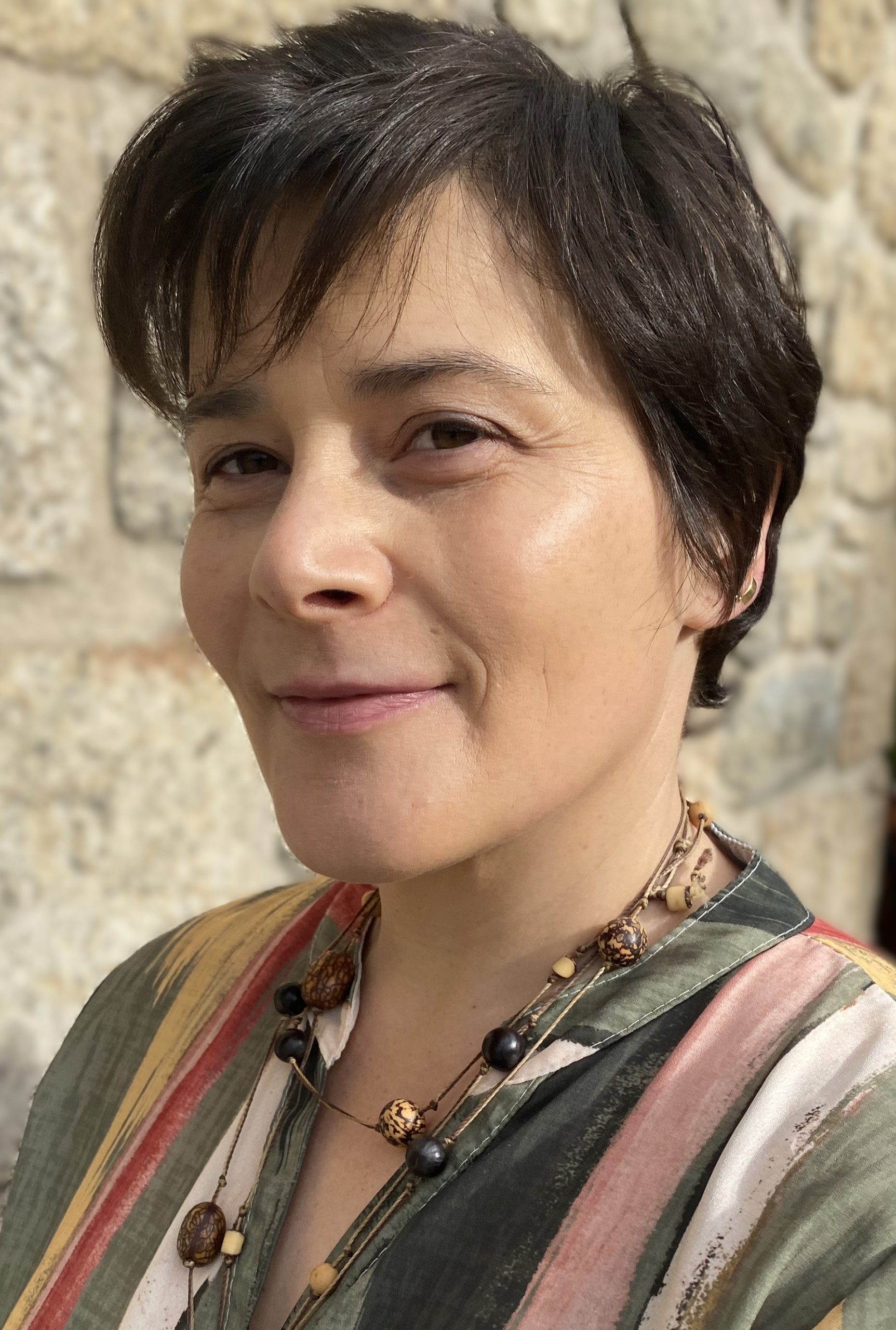Geophysics for Advancing Mineral Knowledge in Manitoba
Date/Time: Tuesday, November 4 | (10:00 am – 12:00 pm)
Location: Embassy Room
Mineral exploration is important for the discovery of critical minerals in Manitoba. These types of mineral deposits are seen as crucial for the energy transition and a low-carbon economy. We continue to see the demand for nickel, cobalt, copper, and lithium, all critical minerals that Manitoba produces or has a lot of potential for.
Recent advancements in geophysics in Manitoba including geophysical surveys, data science, machine learning, and artificial intelligence technologies have the potential to be used to accelerate critical mineral discoveries and resource efficiency. In this session, we encourage presentations focused on using geological and geophysical surveys for better-informed mineral exploration.
Ben Lee Session: Crustal-scale insights from new magnetotelluric data collected on the internal Reindeer Zone, Trans-Hudson Orogen
Session Overview:
As part of the Critical Minerals and Geoscience Data initiative, a new profile of deep-sensing broadband magnetotelluric data was collected across the Trans-Hudson Orogen from Thompson to Lynn Lake, MB, providing new electromagnetic data beneath the historic Thompson and Lynn Lake mining districts. This talk will cover preliminary analysis and modelling of the new MT data, with the goal of future integration with existing geological and geophysical data to provide a crustal-scale model of the region.
Brandon Chase Session: Regional magnetotelluric investigations of tectonic structure and regional mineralization in Manitoba and Saskatchewan
Session Overview:
Long-period magnetotelluric (LMT) data are capable of imaging the resistivity of lithosphere and asthenosphere to depths is excess of 200 km. Worldwide, lithosphere resistivity is generally high, but localized zones of low resistivity have been observed on several continents and are often associated with episodes of past fluid flow and mineralization. For mineral exploration, these low resistivity features may be associated with near surface mineral deposits of various types. Therefore, LMT data may be useful for area selection for mineral exploration. Several countries have undertaken country-wide LMT surveys to investigate links between regional-scale resistivity structure and the distribution of mineralization. In Canada, the University of Alberta has collected LMT data on a provincial scale in Alberta and regions of Saskatchewan. Published 3-D resistivity models from earlier studies imaged the Sask craton showed numerous trans-crustal conductors. A number of these conductors reach close to the surface in regions of known mineralization around Flin Flon, Snow Lake, and La Ronge, demonstrating the influence of deep structure on near-surface mineral deposits. Additional conductors were also located in previously underexplored regions and may indicate areas of prospective mineralization.
The results of these LMT studies have shown the value of extending LMT data coverage across a large geographical area. In collaboration with Geological Survey of Manitoba and the Geological Survey of Saskatchewan, the University of Alberta has begun to expand LMT data coverage across the Trans-Hudson Orogen in Manitoba and Saskatchewan in 2024-2025. The goal is to connect existing coverage in Alberta, Ontario, and the United States with these data to produce regional 3-D resistivity models. The overall goals of this project are (1) to better understand the tectonic evolution and assembly of this region and (2) develop regional geophysical data products to aid the exploration industry and mineral development in both provinces. The result initial 3-D resistivity models obtained from the inversion of the new LMT data will be presented.
Seogi Kang Session: Distributed Electromagnetic Surveys for Enhanced Mineral Exploration
Session Overview:
As demand for critical minerals like copper and nickel grows with the energy transition, mineral exploration faces rising challenges, especially for deeper targets. Electromagnetic (EM) geophysics offers a cost-effective way to image conductive deposits (e.g., sulfides, graphite), but conventional surveys—based on sparse source-receiver pairs—often struggle with complex structures.
Recent advances in sensors and computing make distributed EM surveys feasible: a single source with hundreds of receivers, dramatically expanding data volume and coverage without proportional cost increases. Yet, their advantage over conventional methods remains uncertain.
This study tests a distributed EM geometry with a ground loop source and receiver array, inspired by the Raglan nickel-copper deposit in Quebec, where highly conductive ore lenses lie within resistive ultramafics and regional conductors complicate detection. To overcome db/dt sensors’ low-frequency limitations, I propose a hybrid of db/dt and B-field (SQUID) sensors, optimizing configurations to balance cost, resolution, and exploration practicality.
Jason Marks Session: An update on MGS geophysical projects
Session Overview:
A brief overview of MGS’s ongoing geophysical projects and insights into future goals for geophysics in Manitoba.
Speakers

Ben Lee
Ben graduated with a PhD in Geophysics from the University of Alberta in 2020 while primarily working on geothermal exploration with the magnetotelluric method. He started at the Geological Survey of Canada in 2023 as a Geophysics Specialist and is currently working on deep crustal-scale modelling as part of the Critical Minerals and Geoscience Data initiative. His research interests include using electromagnetic geophysics for a variety of applications from mineral, geothermal, and environmental applications.
Ben graduated with a PhD in Geophysics from the University of Alberta in 2020 while primarily working on geothermal exploration with the magnetotelluric method. He started at the Geological Survey of Canada in 2023 as a Geophysics Specialist and is currently working on deep crustal-scale modelling as part of the Critical Minerals and Geoscience Data initiative. His research interests include using electromagnetic geophysics for a variety of applications from mineral, geothermal, and environmental applications.

Brandon Chase
Brandon holds a PhD in geophysics from the University of Alberta and specializes in the use of the magnetotelluric method for investigating lithosphere structure in relation to tectonics and mineralization. During his PhD, he collected a magnetotelluric data grid through central Saskatchewan and found a connection between the enigmatic Sask craton and mineralization in the Trans-Hudson Orogen. Since this time, he has expanded the grid each summer in collaboration with the Saskatchewan Geological Survey and the Manitoba Geological Survey. Now numbering over 120 stations, central Saskatchewan and Manitoba have among the best magnetotelluric coverage in North America. A current focus of this research is to develop robust resistivity models that will help identify and narrow down regions suitable for mineral exploration, as well as to extend the grid further north onto the shield.

Seogi Kang
Dr. Kang completed his PhD in Geophysics at the University of British Columbia, Canada, in 2018. His thesis work focused on computational electromagnetics and its application to mineral exploration. He is an Assistant Professor Position in the Earth Science Department at University of Manitoba. His research focuses on advancing electromagnetic imaging for mining and groundwater applications. He is one of the co-creators of an open-source geophysical software package, SimPEG.

Speaker and Chair: Jason Marks
Jason completed his Geophysics (Honours) degree from the University of Manitoba in May of 2019. He then spent four years working in mineral exploration before joining the Manitoba Geological Survey as their geophysicist in the spring of 2024. Jason has been working to re-establish and expand the organization’s geophysical capabilities, while providing support to various geoscientific projects.

Chair: Tânia Martins
Tânia Martins obtained her PhD in Geology in 2009 from the University of Porto (Portugal) studying Li-Sn-Nb-Ta mineralization in granitic pegmatites. In 2010 and 2011 Tânia worked at the University of Manitoba, Canada, on the mineralogy of alkaline rocks and carbonatites. Tânia joined the Manitoba Geological Survey in November 2011 and has since May 2023, been Chief Geologist for the Precambrian Geoscience section.
